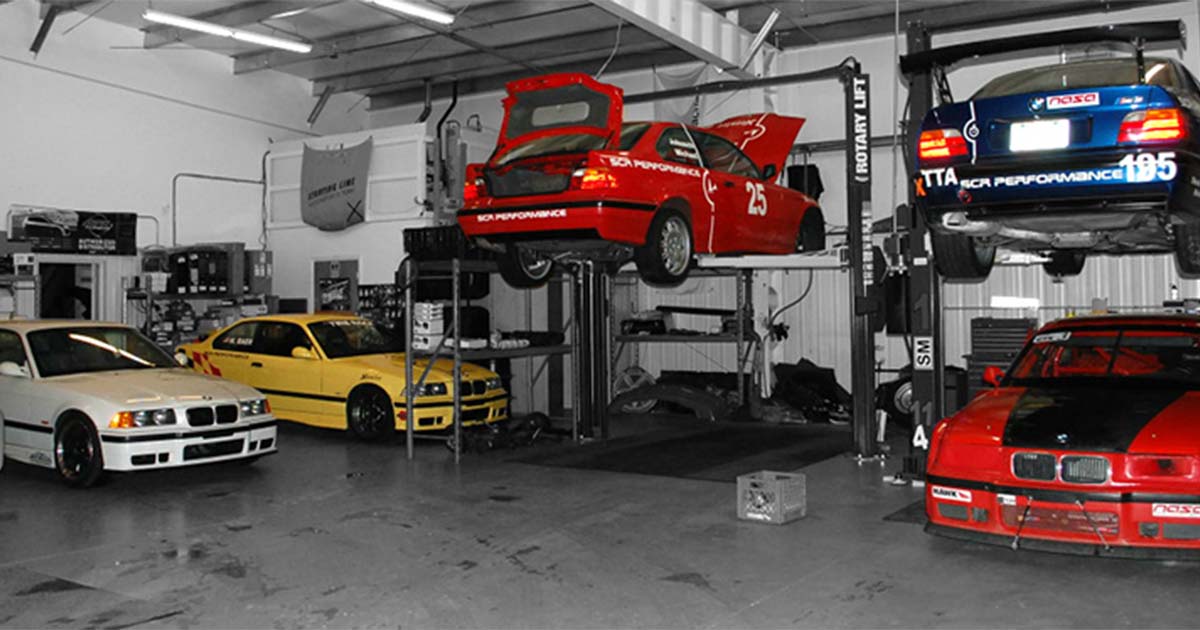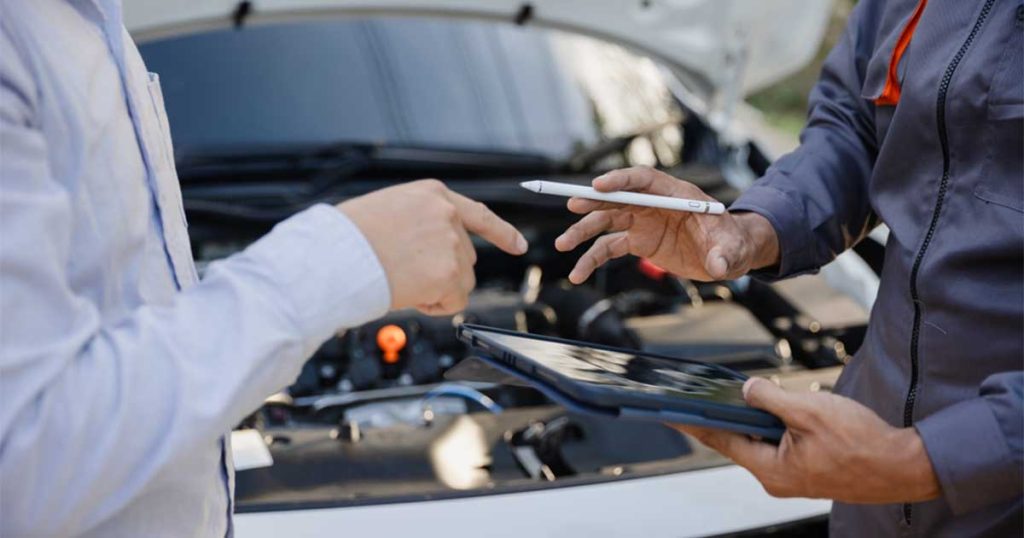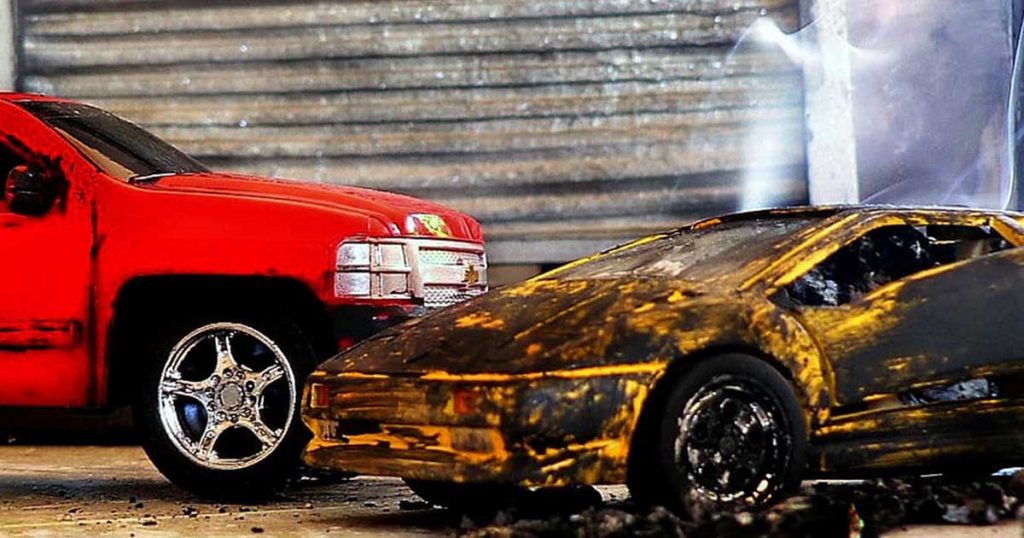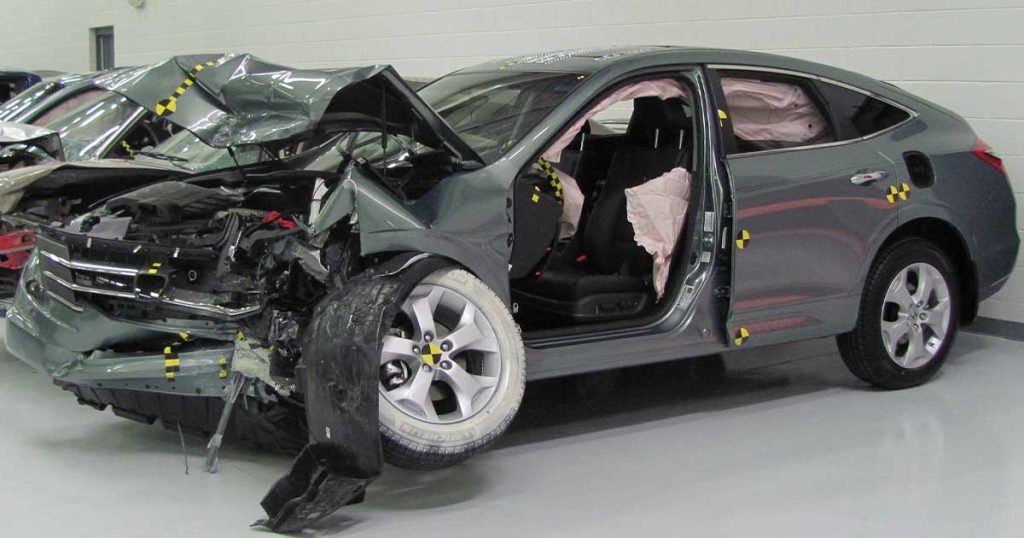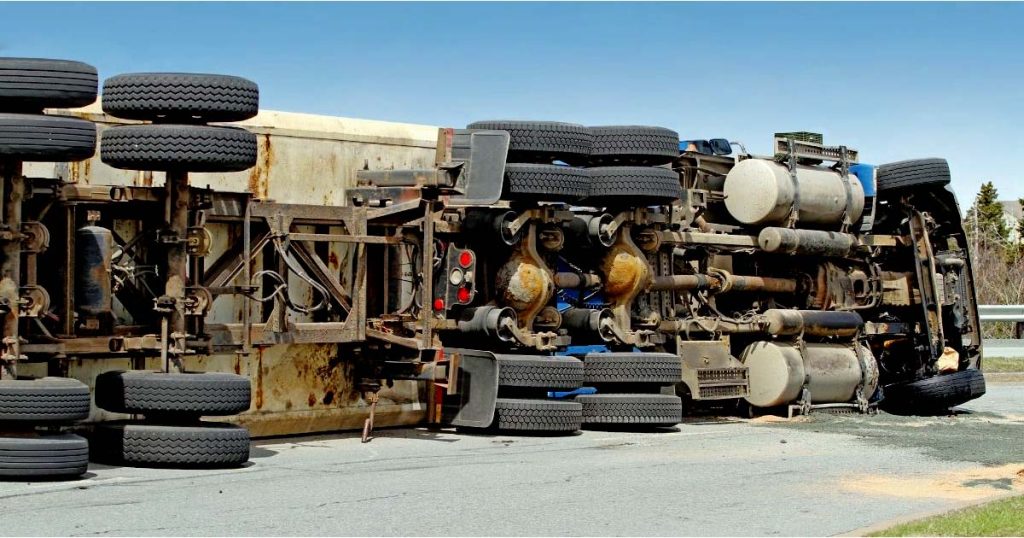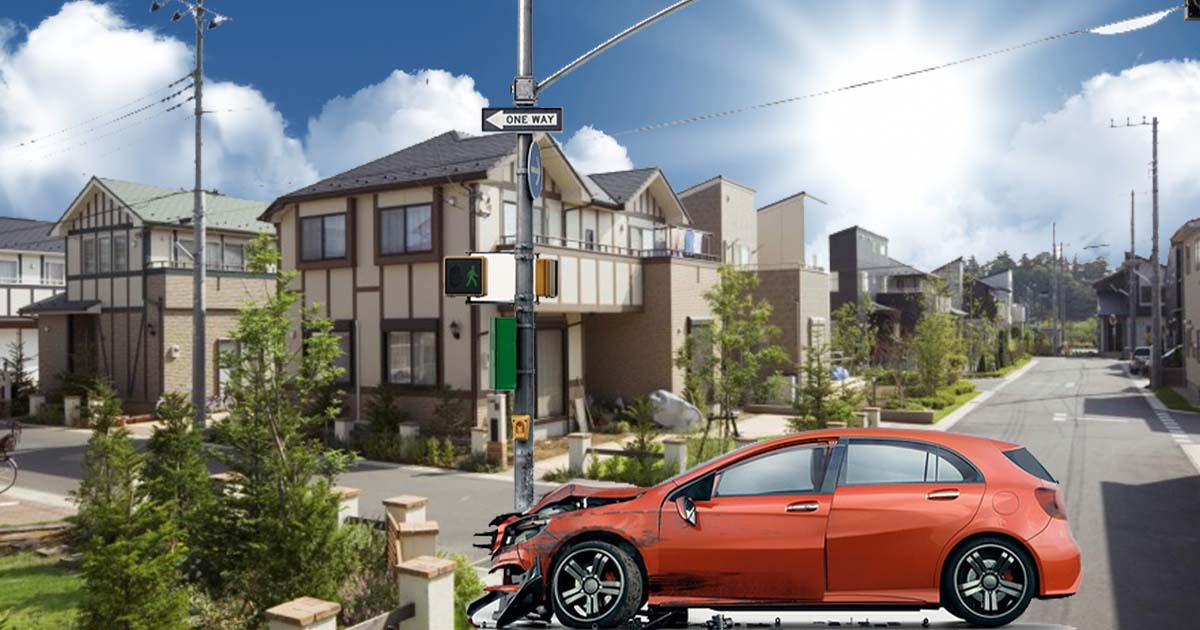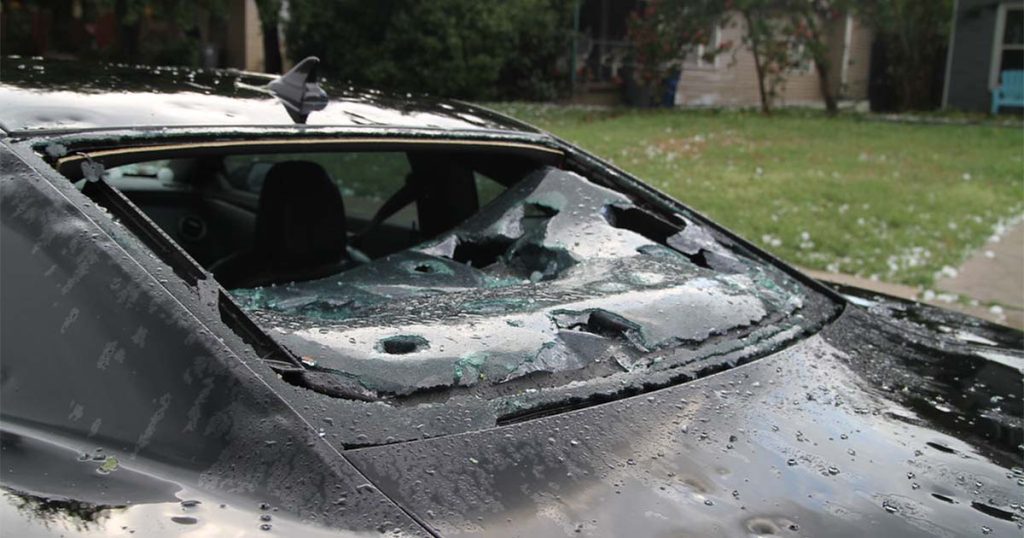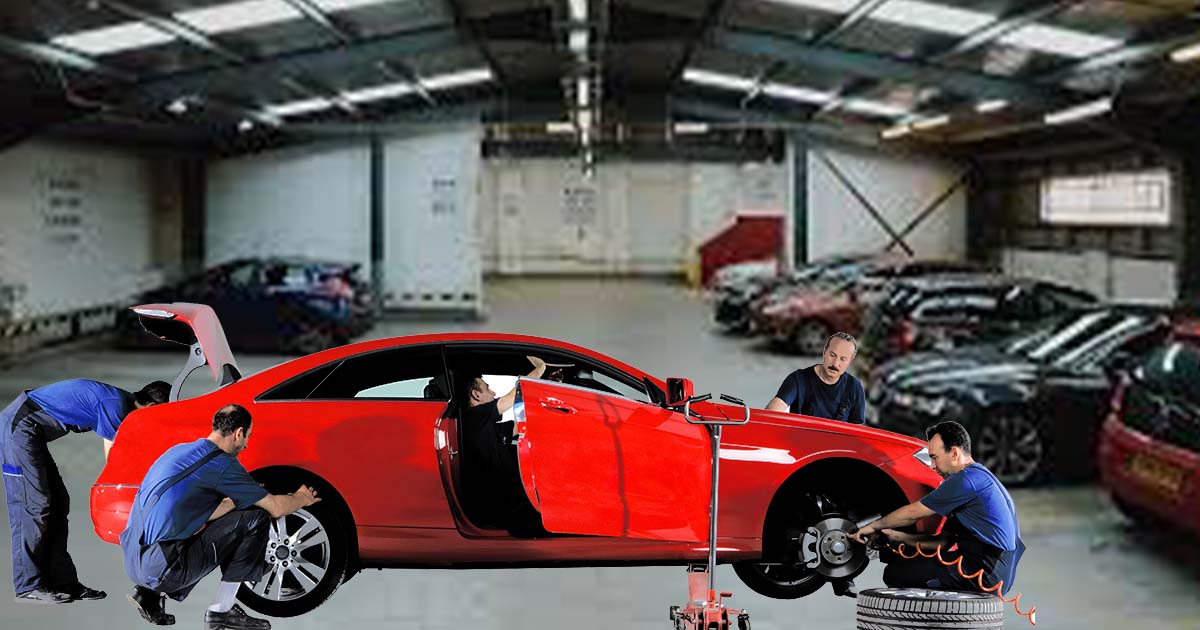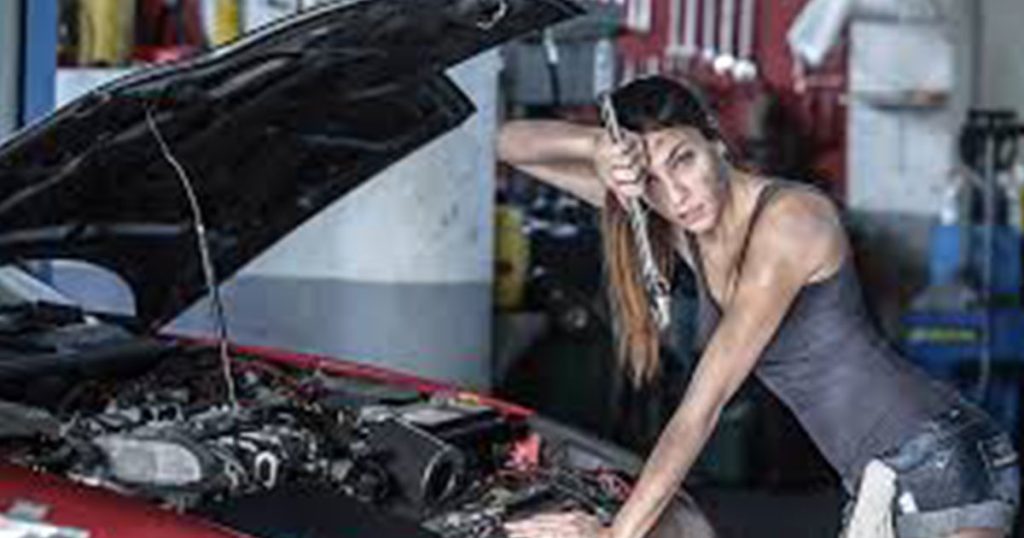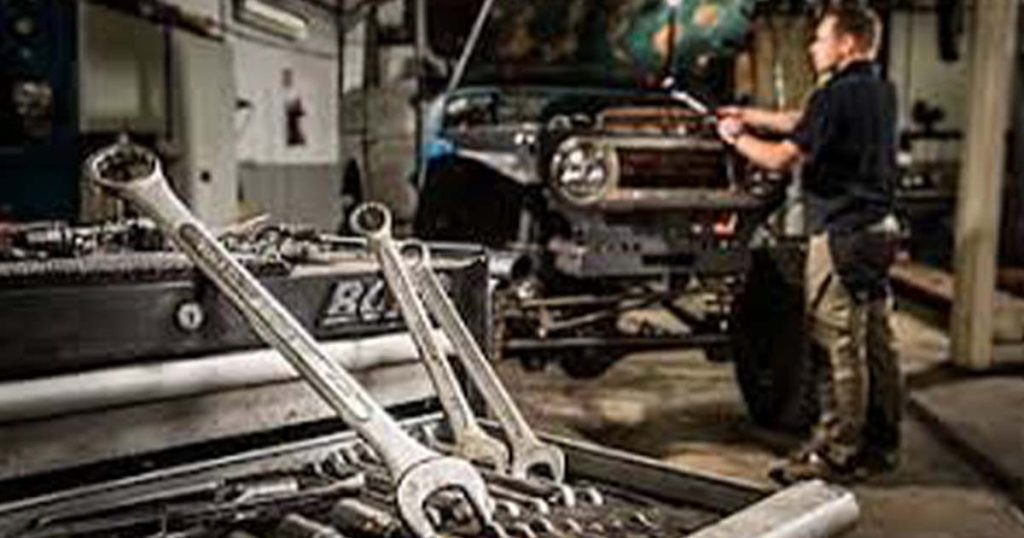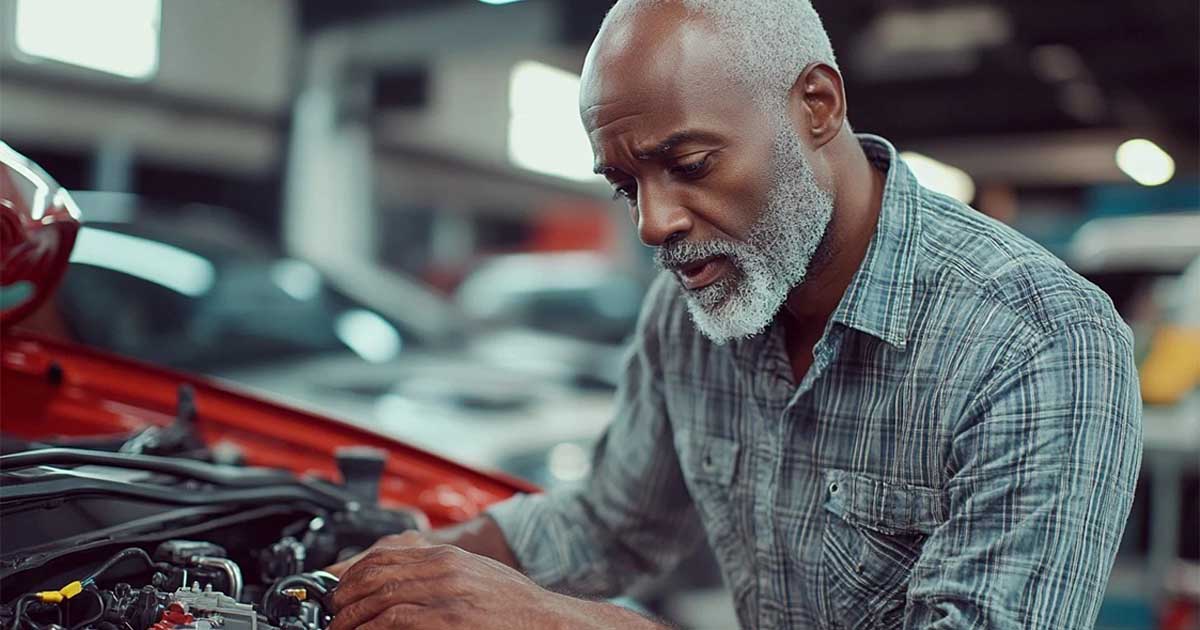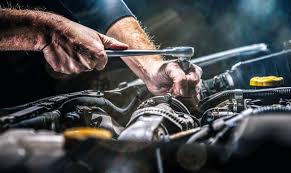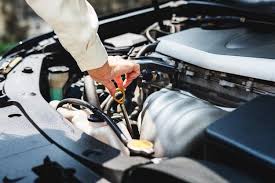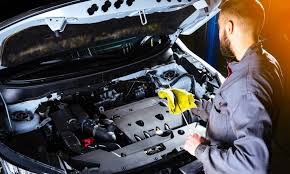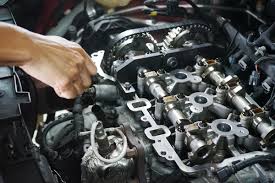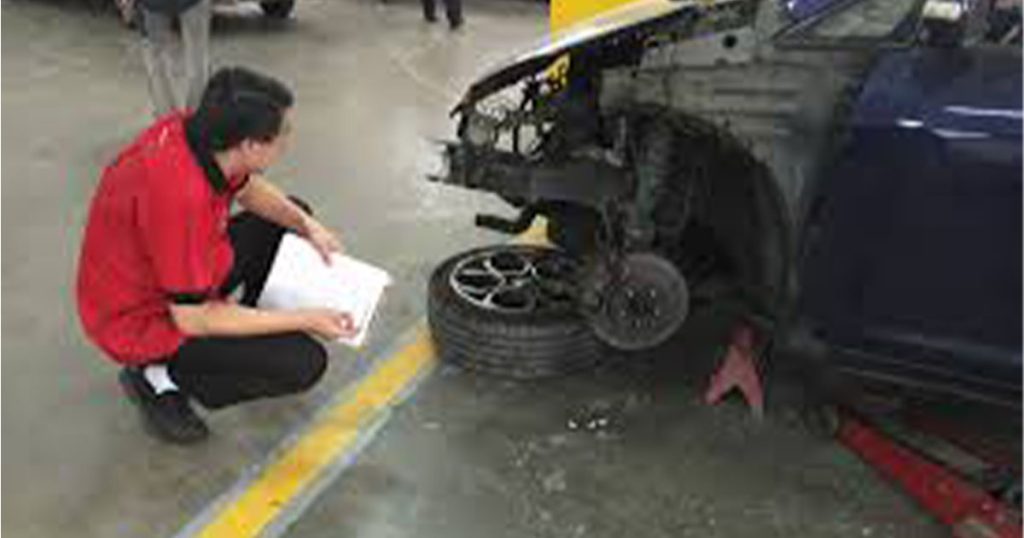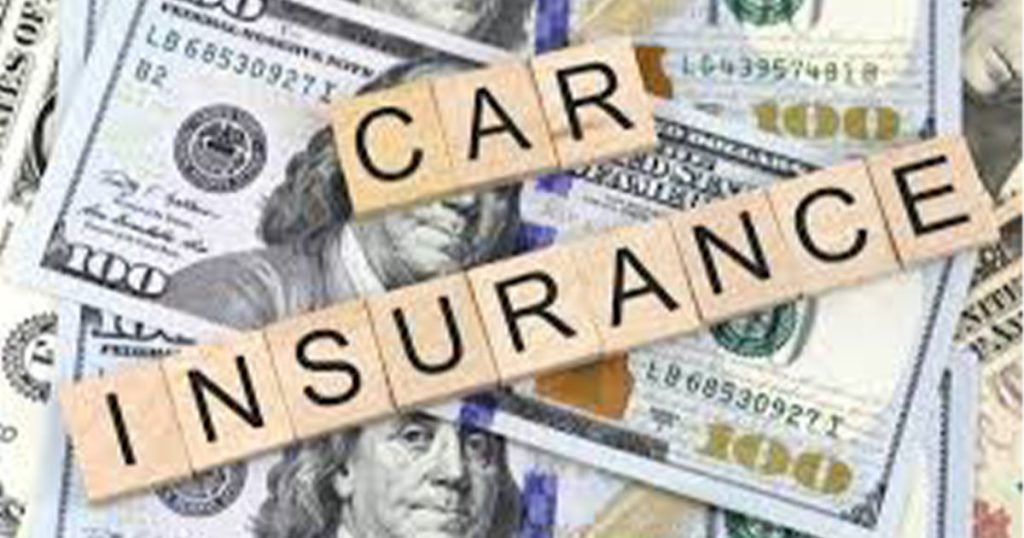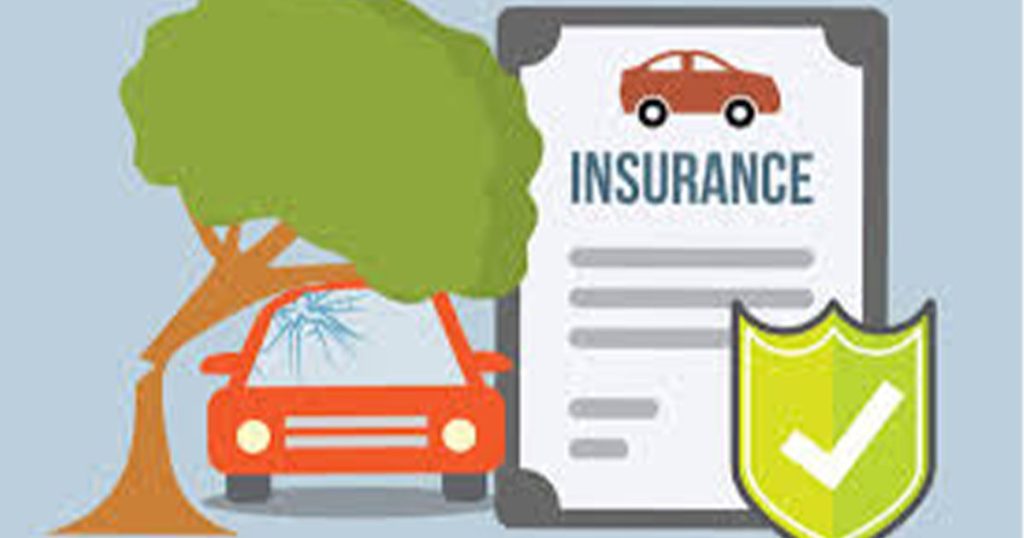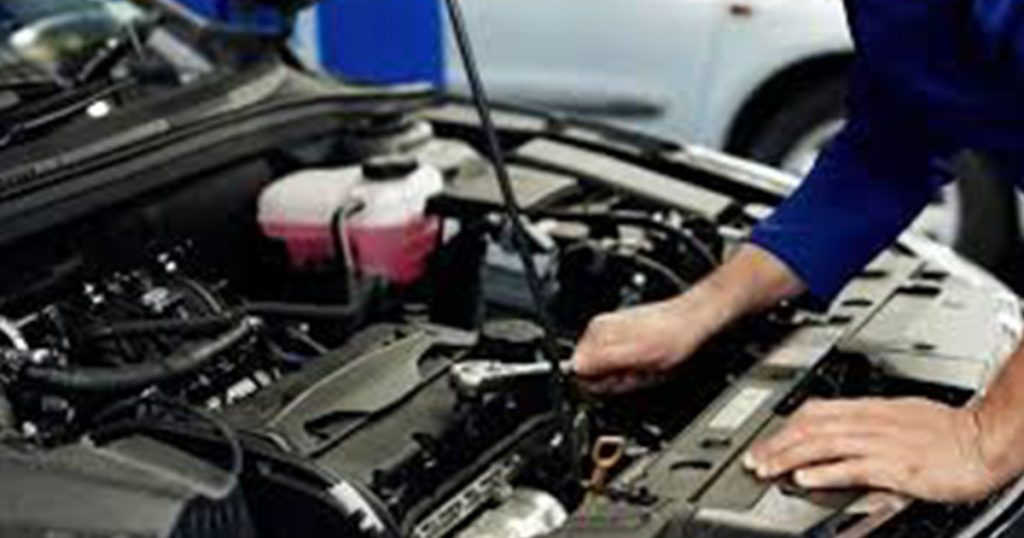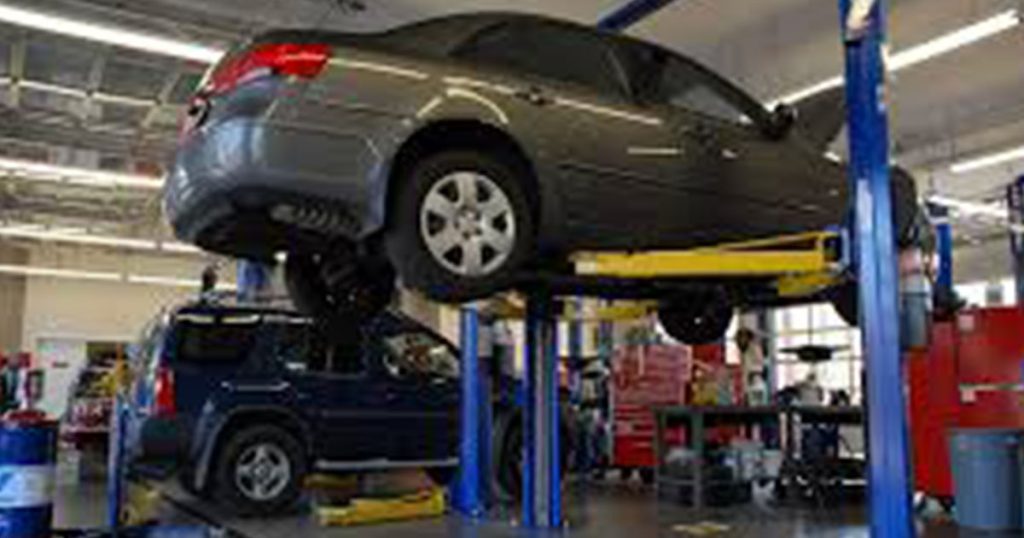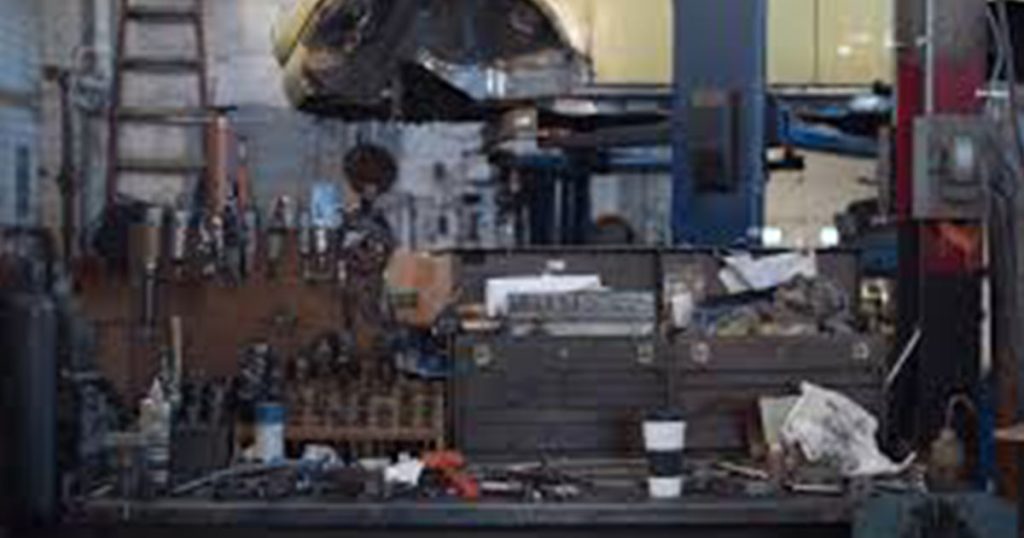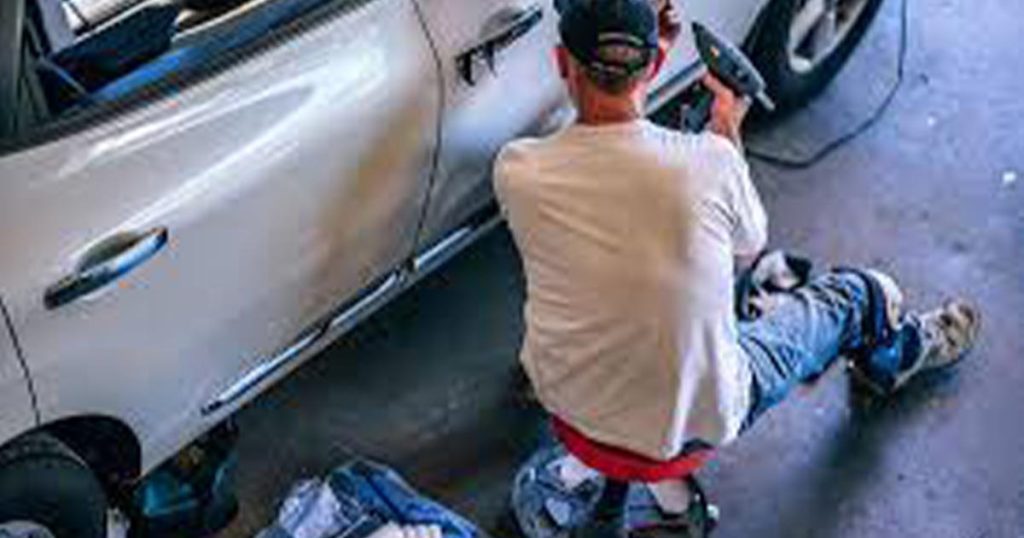Car Parts Guide for Ultimate Customization – 2025: Automobile customization has graduated from a niche to a passion for the general populace, where anyone can be themselves using the latest tech.
Since 2025, the era when modifications to a car were just for aesthetic appeal has gone, and the focus has been sharper on enhancing performance, intelligent interactivity, and significantly increasing the overall driving and riding experience.
The modern automotive aftermarket has an extensive range of upgrades available, from aerodynamic body kits to AI-powered digital dashboards. Enthusiasts can customize virtually every facet of their vehicle, from horsepower increases through performance-minded parts to handling improvements through adaptive suspension systems or cabin comfort through high-tech interior refinements.
Custom is no longer just reserved for motor show cars it’s also for those who don’t want to see a 0-to-100km/h time in the single digits.
Developments in materials and manufacturing allow parts to be lighter, stronger, and more efficient than ever. Aesthetics and functionality are further improved with various carbon fiber body panels, forged alloy wheels and high-performance braking systems. At the same time, intelligent technology has transformed the drive experience. From augmented reality heads-up displays and biometric security features to AI-driven infotainment systems, cars have become more intuitive and responsive than ever.
Personalization also applies to lighting, sound systems, and even the ergonomics of the seating. LED ambient lighting, precision-tuned surround sound and climate-controlled memory foam seats define a tailored experience for each driver. Be it a high-speed track-ready build, luxury-inspired mobile lounge or off-road beast, the possibilities for personalization are practically endless.
So, car customization isn’t just about expression. The future is about engineering, an experience that moves you where you want to go, in how you want to get there, in ways that are personalized to fit your lifestyle. The range of modifications available to car fans who want to pep up their ride now is limitless, and 2025 is set to be the most fascinating year yet for car enthusiasts.
Exterior Customizations: Merging Aesthetics with Functionality
Aerodynamic Body Kits for a Performance Edge
Aerodynamics body kits are meant for two good reasons: they will make your car look fantastic, and more importantly, they will make your car work well. This, at the same time, allows for applications that are engineered to decrease drag, increase downforce, and maximize high-speed stability. They are produced from modern lightweight materials like carbon fiber and strong composites .
They minimize heft and, therefore, are not less durable. The front splitter redirects airflow downwards, while the side skirting disciplines the turbine to prevent instability, and the rear diffusers smooth the flow to minimize the drag and improve the traction.
Along with a performance spoiler, these are the additional parts that can affect a car’s turning dynamics. A perfect example of this is the fact that aero kits usually give a vehicle a sharp, race-ready look that works well for them butch and hence, they are needed at the track and the streets as well.
Spoilers and Splitters: Enhancing Downforce and Stability
A top-quality spoiler is more than a simple aesthetic tweak—it actually makes a car feel more downforce, and hence, the tire-ground contact is improved to help the vehicle stay safe and be easier to drive when the speed is high. It is this feature that is essential for the race engines because keeping control is the only way to win.
Splitters installed at the bumper’s front part operate by diverting air upwards, diminishing the lift and increasing the resistance to cornering, making the cornering process more stable. Aerodynamic improvements allow for better handling, which means drivers can improve their driving skills while remaining focused and in control when they are on the road or the track.
Custom Paint, Vinyl Wraps, and Hydrodipping Techniques
Car wraps put a fun spin on car exterior customization. Cutting-edge methods like hydro dipping and vinyl wrapping are also helping owners create bold, personalized looks with endless options. Hydro dipping is a process that transfers detailed designs onto surfaces as varied as carbon fiber textures to wacky, abstract graphics.
Vinyl wraps offer even more versatility, from slick matte and smooth satin to trippy iridescent color-shifting films. They revolutionize auras and can also protect the factory paint job from road debris, scratches, and UV rays. From striking statement-making styles to graceful elegance, contemporary succor treatments transform automotive personalization.
Advanced Wheel and Rim Modifications for Distinctive Styling
Forged alloy wheels offer the best combination of lightweight plus strength, aiding acceleration and carrying. Their manufacturing process produces more durability than cast counterparts. Custom finishes like two-tone rims, diamond-cut accents, and powder coating enable owners to personalize and make a strong first impression while enhancing the vehicle’s aesthetic impact and performance.
Read More: AAA Car Insurance vs Geico: The Truth About Rates – 2025
Performance Upgrades: Unlocking Your Car’s True Potential
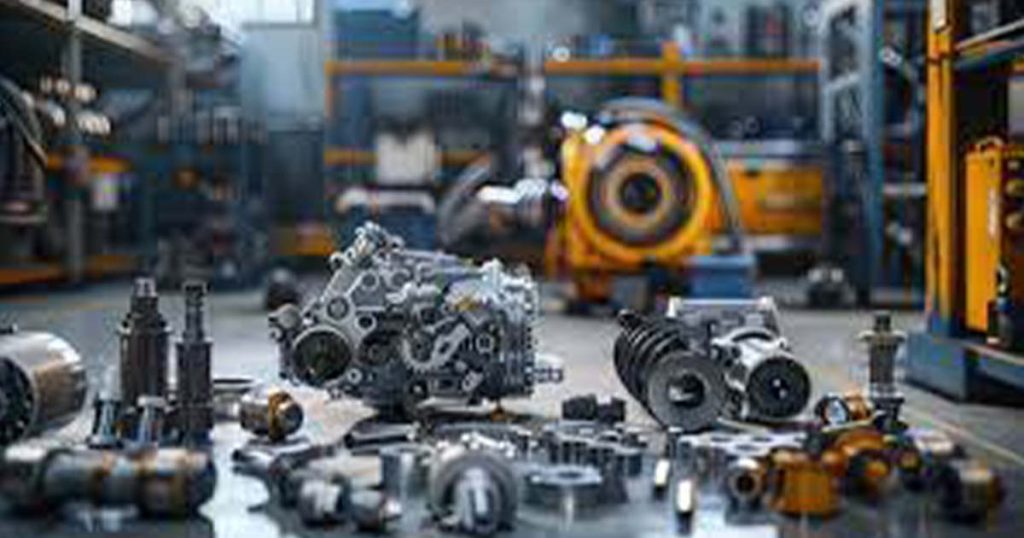
Cold Air Intakes and High-Flow Air Filters for Enhanced Power
A cold air intake system allows the engine to breathe better, pulling higher-density air because of the lower temperature, thus boosting combustibility and horsepower. It, in turn, enables a better air-to-fuel mixture for an improved throttle response and better fuel economy. Previously, breathing very restrictively, high-flow air filters further optimized airflow to help the engine sip freely and safely maximize its juice and longevity.
Exhaust System Modifications for Optimal Sound and Performance
A quality performance exhaust system can wake up not only the sound but also the power. It increases throttle response by alleviating backpressure and allows the engine to breathe more effectively through more efficient airflow. This means it can deliver better acceleration and is, therefore , a more thrilling car to drive.
Exhaust materials are essential for durability and weight reduction beyond performance. Titanium exhausts are featherweight, have high corrosion resistance, and generate a crisper, more aggressive snarl. In contrast, stainless steel systems provide superb longevity and a rich, refined growl that complements the car’s factory presence.
Muffler designs also affect the exhaust note. Straight-through designs promote flow for loud, powerful sound, while chambered mufflers retain flow with more balanced, quieter sound. Valved exhaust systems also allow drivers to have a say in volume levels, enabling them to switch from a subdued hum for daily commutes to an open, throaty roar when exploring for fun.
A performance exhaust is a critical upgrade for a custom build, whether to enhance performance or provide an attention-grabbing exhaust note.
Turbochargers and Superchargers for Next-Level Speed
Extensions also focus on boosting engine performance, for example, with twin-turbo systems and belt-driven superchargers. These systems compress and shove even more air through the engine’s intake, allowing greater volumes of fuel and air to mix for big power gains.
Twin-turbo setups are beneficial in terms of efficiency and smooth power as well, as splitting the work between the two turbochargers gives them less to do, reducing lag time. Belt-driven superchargers, on the other hand, deliver boost straight from the crankshaft of the engine, providing power on demand, so acceleration is almost instantaneous. Two variants of this system make it go faster, with quicker acceleration and higher top-end power, for an exciting driving experience. If you want to squeeze the most out of your car, forced induction is a must-have.
Coil overs and Adjustable Suspensions for Precision Handling
Optional with adjustable damping, a height-adjustable suspension can provide an unmatched tightrope act between ride quality and handling. This contributes to lowering the car’s center gravity for better cornering stability and reduced body roll during fast corners. Add adjustable damping to the mix so the driver can tailor the ride to match the conditions better without compromising performance.
The real deal often is performance coil overs, which come in kits that include shock absorbers along with coil springs that give you more customizability. With suspension systems, you can keep strict control of both ride height and stiffness, resulting in improved cornering dynamics and body roll reduction. They give drivers the ability to push their car to its limits while still providing a comfortable driving experience.
Interior Enhancements: Where Comfort Meets Technology
Custom Racing Seats and Premium Upholstery Materials
This type of high-performance driving requires bucket seats that wrap around the driver and passenger in one colossal body, as you might find in a high-performance race car, so the driver can hold a better position in the driver’s seat to offer better control of the vehicle in hard turns or aggressive cornering.
Additionally, the seats have deep side bolstering for the driver and passenger that holds them in place, eliminating whiplash motion and allowing the driver to not worry about subtler movements as all of the dynamic driving novelty is to the same highly respectful surface whether you are in a comforting state of going steady or flirting with the edge.
That should result in better on-road and on-track performance and less fatigue behind the wheel as you’ll be spending more time behind the wheel, bucket seats will make sure you stay in your place.
We see bucket seats covered in high-end materials such as Alcantara and Nappe leather, contributing to comfort and luxury, and thus well-being. Bucket seats are usually wrapped in the most admirable materials to provide maximum comfort, luxury and well-being, such as Alcantara and Nappe leather.
The material has a smooth, suede like feel while offering good grip and durability, making it a good choice for performance-inspired cabins. Not only is it lightweight, but it is also wear-resistant, giving you the best of both worlds in terms of comfort and performance.
On the other hand, Nappe leather makes the cabin feel more luxurious and premium. This extra-soft material can give you the comfort and durability of leather but done with such a degree of decadence that few other materials can touch.
Upholstery materials of the highest caliber are wedded to bucket seats, raising the quality of the driving experience and delivering functional and aesthetic benefits alike.
Smart Steering Wheels with Integrated Digital Controls
The next evolution of driving convenience comes in the form of a smart steering wheel that houses customizable controls, paddle shifters and biometric sensors to monitor driving habits.
Drivers can also customize control button placements so they can quickly view the essential functions and stay focused on the road ahead. They are secondary shifters located at the steering wheel that give a more refined driving experience with smoother gear transitions, allowing more torque control for performance-based vehicles.
Biometric sensors also keep track of the driver’s grip on the steering wheel and their posture, providing real-time feedback to ensure safety and comfort. Such technology does much more than help make driving comfortable, as it provides vital vehicle information, allowing the drivers to keep their eyes focused on the road whilst staying updated.
Advanced Digital Dashboards with Augmented Reality Displays
Augmented reality in-car experiences First-generation products like head-up displays (HUD) are a step in the direction of AR in-car experiences, as they overlay essential driving information on the windshield.
These AR-based digital clusters enhance situational awareness by seamlessly integrating real-world and virtual information. This technology decreases distractions by enabling drivers to view critical data, like speed, navigation, and hazard alerts, without ever diverting their gaze away from the road.
With AR integration, these clusters provide a more immersive drive with responsive visuals that can adapt to the setting surrounding the driver. This not only ensures drivers stay alert to their surroundings but also enhances safety by allowing drivers to access critical pieces of information in a seamless, unobtrusive manner.
Acoustic Insulation for a Quieter, More Refined Ride
To build a quiet, serene cabin environment, advanced soundproofing materials are indispensable and strategically positioned where they can best dampen vibration, road noise, and wind resistance from the engine. These, like acoustic foam, sound-dampening mats and laminated glass, absorb unwanted sounds or vibrations, stopping them from getting into the interior in the first place.
As such, travelers can enjoy a more serene and peaceful journey without the road noise and engine vibrations that come with a typical ride. Whether you are going on long highways or sordid city roads, soundproofing helps you upgrade your driving experience by providing you with more explicit conversations, audio quality and a more comfortable journey.
Lighting Upgrades: Combining Safety with Personalization
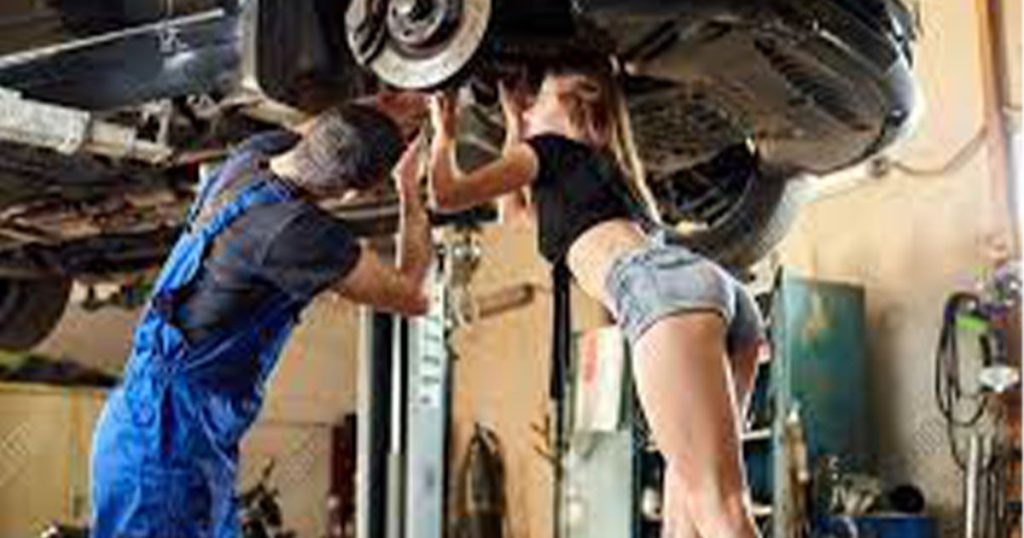
LED and Laser Headlights for Maximum Visibility
Automotive lighting technology has advanced significantly over the years, with Matrix LED and laser headlights being the cutting-edge developments. These headlights use adaptive lighting systems that change their beam in both shape and direction depending on traffic conditions so that you can see everything and not blind the other drivers.
Matrix LED headlights consist of individual, independently controllable LEDs, while laser headlights produce a narrow beam of bright, intense illumination for long-range visibility and detail. All these systems work together to provide superior light penetration, increasing nighttime driving safety by lighting the road ahead more intelligently and flexibly, therefore delivering improved visibility and overall comfort.
Exterior Under glow and Custom Light Bars for a Striking Presence
Multi-colour under glow lighting kits provide a unique method to improve the appearance of your vehicle, allowing for customizable coloured options to introduce a stunning aesthetic effect to your car.
One of the most exciting ways to incorporate LED technology in your vehicle is through under glow lights. Hypothetically, it is thought that under glow lighting increases nighttime visibility, causing the car to stand out to other drivers and thereby improving safety. Under glow kits offer both flair and functionality, be it for show or aesthetic presence on the road for those looking to make a grand statement.
Security and Anti-Theft Enhancements
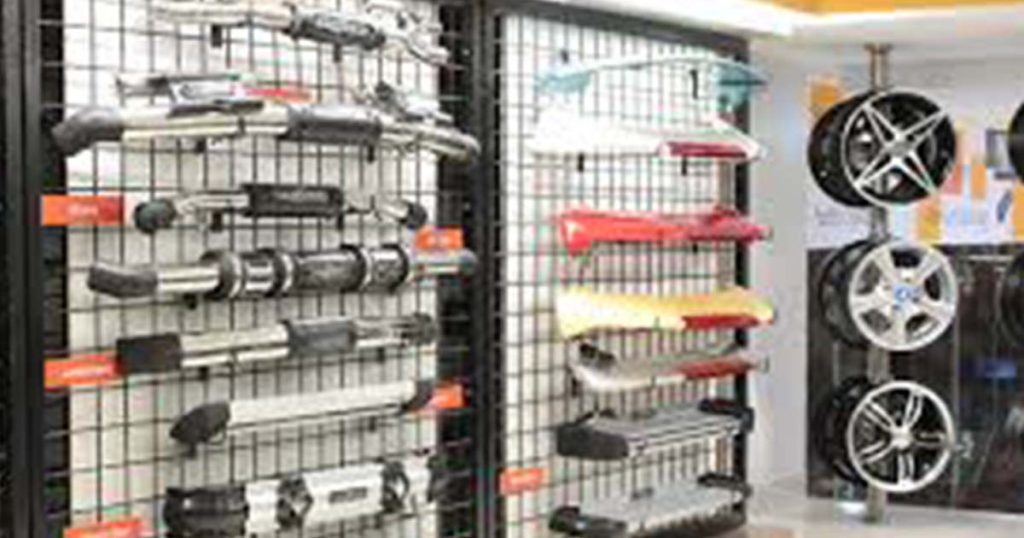
Biometric Entry and Smart Keyless Access
Vehicles’ security systems based on fingerprint scanning and facial recognition biometric authentication are indeed the best. Fingerprint scanning is one of the most sophisticated methods that uses an individual’s finger pattern to verify the driver’s identity.
However, facial recognition technology works using cameras that are attached to a network to allow only authorized individuals whose facial features can be identified. Therefore, they function in such a way as to admit only specific individuals who are permitted by the administrator of the vehicle, which is a very efficient and also effective procedure since the previous method, when the keys could be lost or stolen.
Other unnecessary risks that came with it have been replaced. The automobiles, along with the improvement of such technologies themselves through the years, become more and more reliable to the owners by being not only more secure but also giving the feeling of relief and satisfaction. Other than ensuring security, the systems also provide a unique experience of the driver’s entry to the car without a key, thus boosting the overall driving experience worldwide.
GPS Tracking and Remote Engine Immobilizers
The latest GPS trackers are fitted with a modern tracking system that provides car owners with the ability to track their vehicle all the time, whether it is parked or in motion. The tracking devices can be accessed by their owners via their smartphone or a web application that allows them to relax and take the proper steps in case of a car theft.
What is more, the remote immobilization system is a security measure for turning the engine off on purpose, making the vehicle to be out of order from a distance. The feature of the device serves not only as a very effective technique in getting rid of potential car thieves but also as a rapid return of the vehicle, which guarantees more protection and reduces the owner’s troubles.
Conclusion
Customization is a domain that involves breaking the limits and expressing the very persona. It is the very first step where you structure your plan by defining your aims be it an animal that is high in conductance speed, a tech car, a luxury class, or an off-road warrior. The proper modifications can boost your car’s agility, and you can have different kinds of experiences driving it to new levels.
For lovers of high-performance vehicles, installations such as forced induction systems, performance exhausts, and adjustable suspension systems are able to increase horsepower, handling, and cornering stability. Techies can procure advanced infotainment systems; security can now only rely on biometric features, while dashboards can be AR-based, transforming the driving environment into a future world that is intuitive and futuristic.
Those avid for adventure who wish to explore the wilderness can equip their cars with reinforcements on bumpers, big, off-road or raised suspensions that are necessary for the toughness and services that are needed to conquer all terrains. In the end, customization is about making your car a part of you; it plays a significant role in increasing the thrill and is one of the most personalized features that you can have, and it is aligned with your desires every time.
By choosing the best parts for the upgrading of your car, you can not only make your car go faster but also become a fantastic experience each time you go on a trip. Car customization goes on into the future with no limits, and thus, the only question left to be presented is: How will you redefine your ride?
<script type="application/ld+json">
{
"@context": "https://schema.org",
"@type": "BlogPosting",
"mainEntityOfPage": {
"@type": "WebPage",
"@id": "https://cardsinspired.com/best-car-parts-guide-for-ultimate-customization/"
},
"headline": "Best Car Parts Guide for Ultimate Customization – 2025",
"image": [
"https://cardsinspired.com/wp-content/uploads/2025/03/Car-Parts-Guide-for-Ultimate-Customization-%E2%80%93-2025-2.jpg",
"https://cardsinspired.com/wp-content/uploads/2025/03/Car-Parts-Guide-for-Ultimate-Customization-%E2%80%93-2025-1-1024x538.jpeg",
"https://cardsinspired.com/wp-content/uploads/2025/03/Car-Parts-Guide-for-Ultimate-Customization-%E2%80%93-2025-1-1024x538.jpg",
"https://cardsinspired.com/wp-content/uploads/2025/03/Car-Parts-Guide-for-Ultimate-Customization-%E2%80%93-2025-2-1024x538.jpeg"
],
"author": {
"@type": "Person",
"name": "cardsinspired.com",
"url": "https://cardsinspired.com/"
},
"publisher": {
"@type": "Organization",
"name": "cardsinspired.com",
"logo": {
"@type": "ImageObject",
"url": ""
}
},
"datePublished": ""
}
</script>